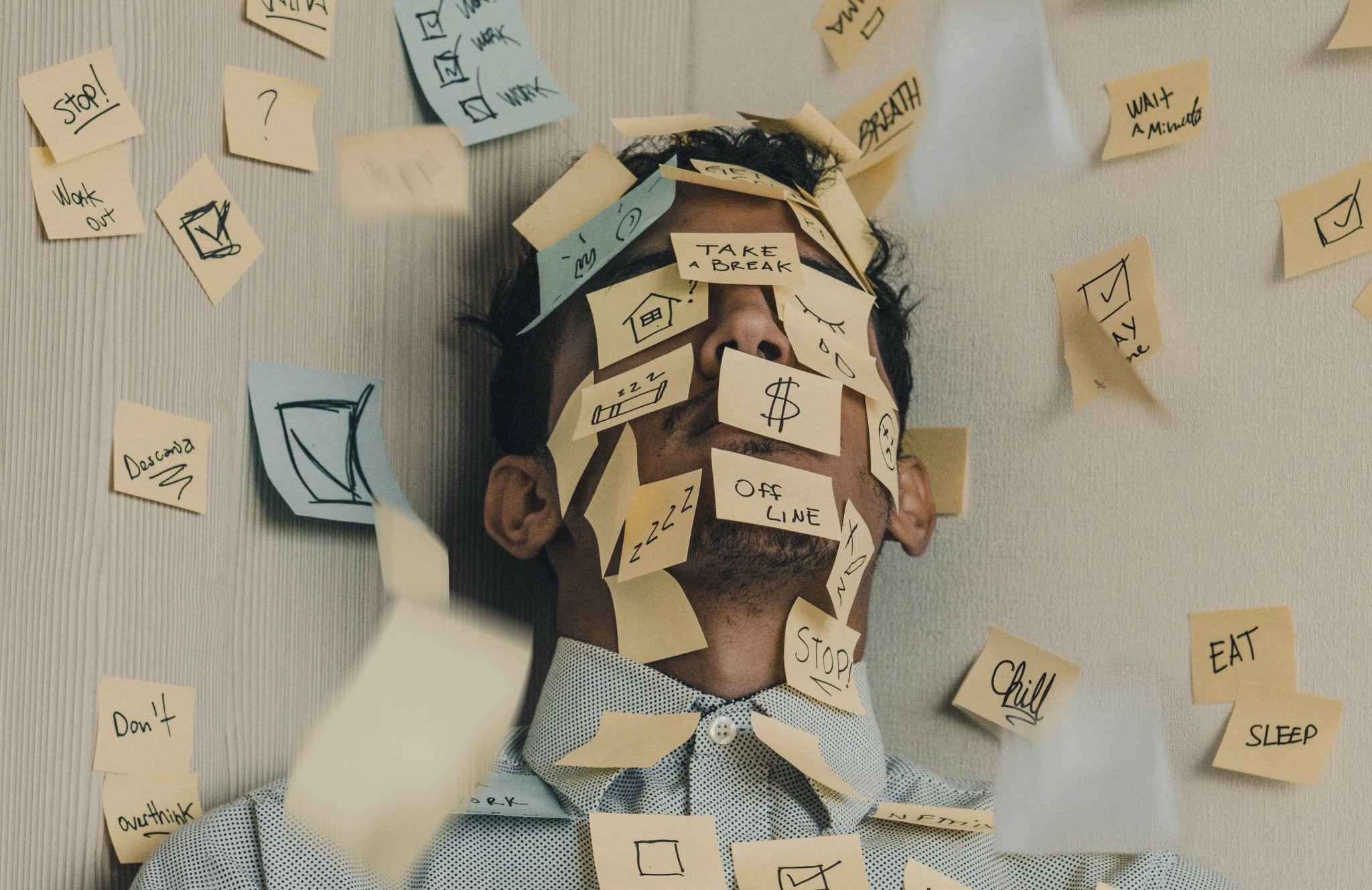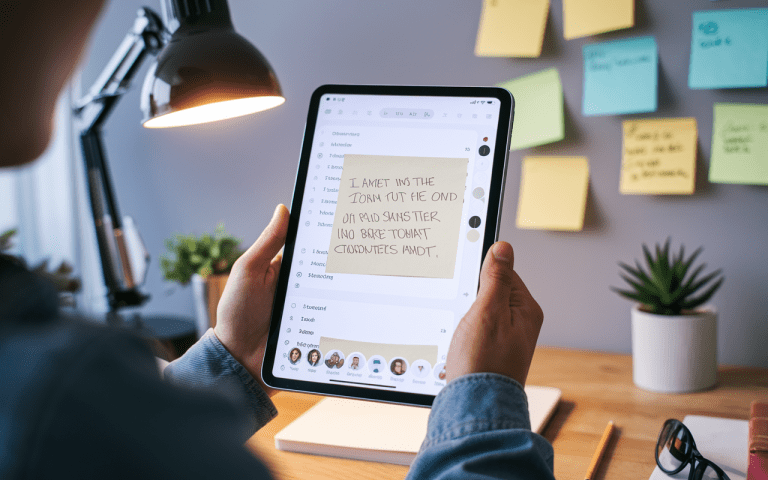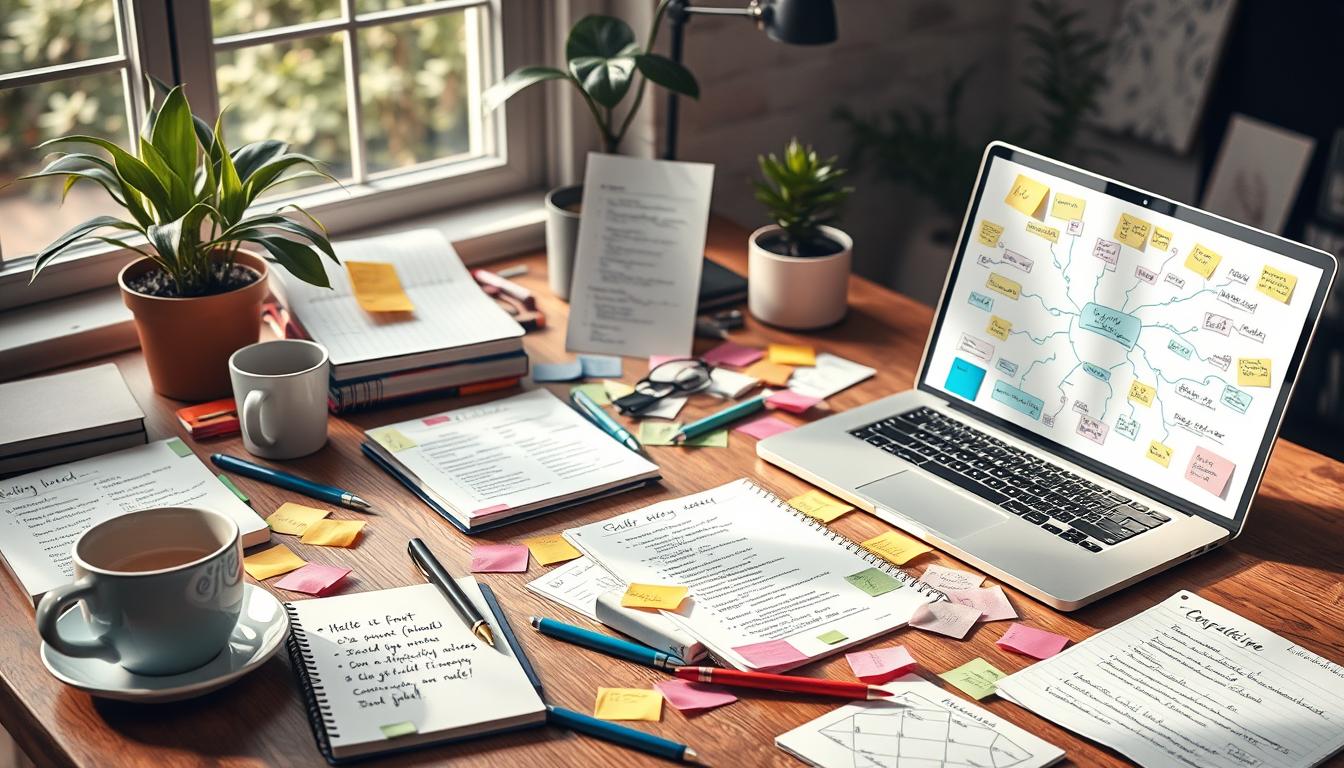What is Mind Mapping Note Taking: Boost Your Productivity
I’ve always looked for a way to capture my thoughts and ideas. Mind mapping changed everything. It’s a note-taking method that has transformed my learning and work. It sparks creativity and boosts productivity. Mind mapping lets you organize information in a way that feels natural. It’s different from traditional note-taking, which keeps ideas on one page. Mind mapping helps you see how ideas are connected. This effective study skills can change how you study and work on projects.
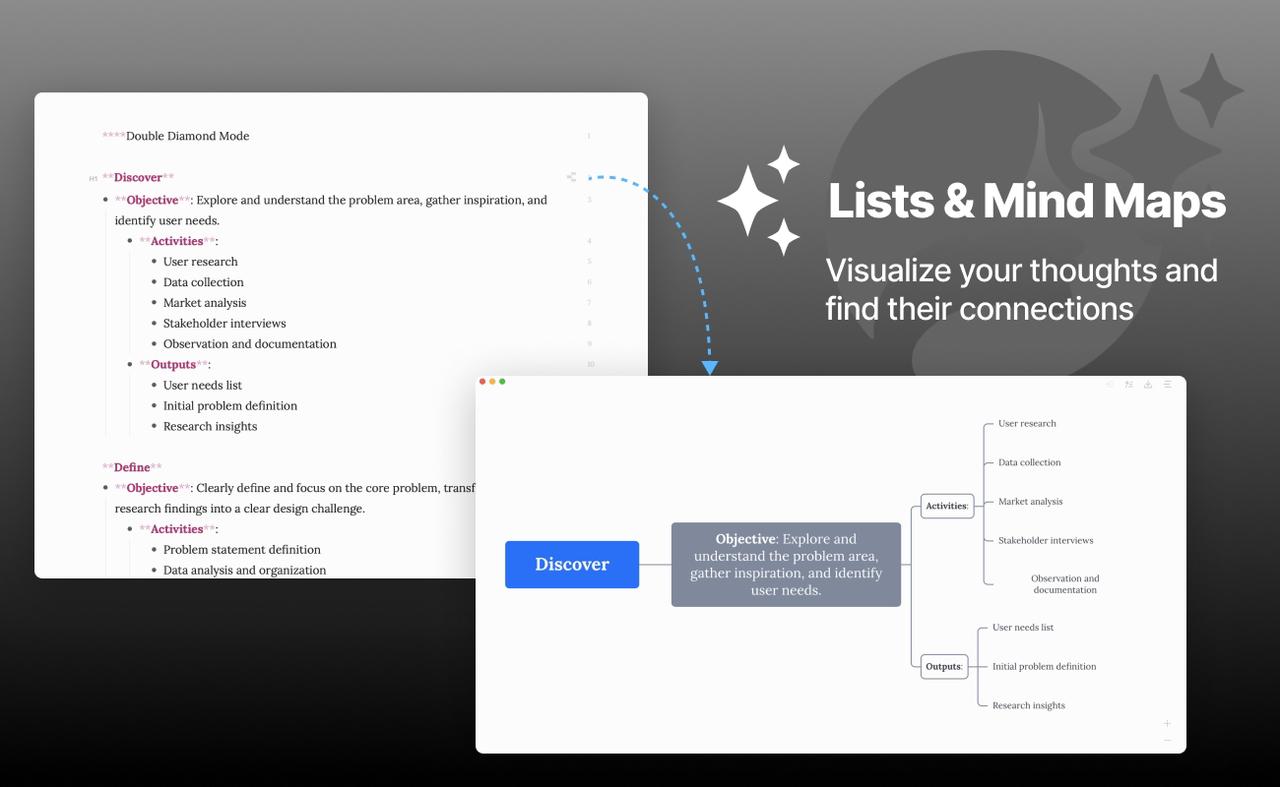
Key Takeaways
- Mind mapping is a handy way to visually organize info and show how ideas link together. This note-taking method uses diagrams to connect concepts, making it easier to see relationships.
- Visual diagrams help you grasp and remember stuff better by showing info in a clear, easy-to-follow layout.
- Mind mapping helps you come up with new thoughts, figure out tough problems, and get tricky subjects.
- Both hand-drawn and computer-generated mind maps offer unique advantages, allowing for personalized design and organized information representation.
- Effie’s digital mind mapping feature allows users to combine mind maps with traditional writing tools for better productivity and learning outcomes.
- Effective mind map note-taking involves strategic organization, making associations, and using visual elements for improved information recall and retention.
Understanding Mind Mapping and Note-Taking
Mind mapping is a visual tool that changes how we organize information. It’s different from traditional note-taking, which often uses lists or paragraphs. Mind mapping lets you capture ideas and their connections in a creative way.
What is Mind Mapping?
Mind mapping starts with a central idea. From there, it branches out to include main ideas, subtopics, and details. It connects these through visual cues and logical links. This method boosts creativity and helps understand topics better. Effie makes this process easier with intuitive tools that allow users to branch out ideas and even convert them into structured content.
Traditional Note-Taking Methods
- Linear note-taking: Capturing information in a sequential, bullet-point format.
- Paragraph-based note-taking: Organizing notes into a written narrative with continuous text.
- Outline-style note-taking: Structuring notes into a hierarchical, outline format.
Traditional methods have their strengths but might not fully capture topic nuances. Mind mapping offers a dynamic, engaging way to organize information. Effie integrates both linear and non-linear approaches, providing flexibility to switch between mind maps and traditional outlines.
| Traditional Note-Taking | Mind Mapping |
|---|---|
| Linear, sequential approach | Organic, non-linear approach |
| Focuses on bullet points and paragraphs | Emphasizes visual cues, connections, and relationships |
| Suitable for capturing structured information | Ideal for brainstorming, creativity, and holistic understanding |
Benefits of Mind Map Note-Taking
Mind mapping in note-taking has many advantages. It boosts your productivity and learning. It helps you see how ideas are connected. This makes it easier to remember and understand information. Effie takes this a step further by offering users AI-powered assistance to summarize or expand on their mind maps, making the information more accessible.
Visual Organization and Connections
Mind maps are great for organizing information visually. They show the big picture and important details. This helps your brain remember better.
Studies say mind mapping can improve memory by up to 20%. It makes learning and remembering easier.
Enhanced Creativity and Brainstorming
Mind mapping boosts creativity and thinking outside the box. Making these idea maps can spark fresh thoughts. Studies found it boosts sharp thinking by nearly 87% and helps cook up new ideas about 76% better.
Mind maps are good for brainstorming and planning. They help stimulate your brain’s creative side. Effie’s brainstorming methods are built into the tool, providing a perfect environment for creative thinking exercises and idea generation.
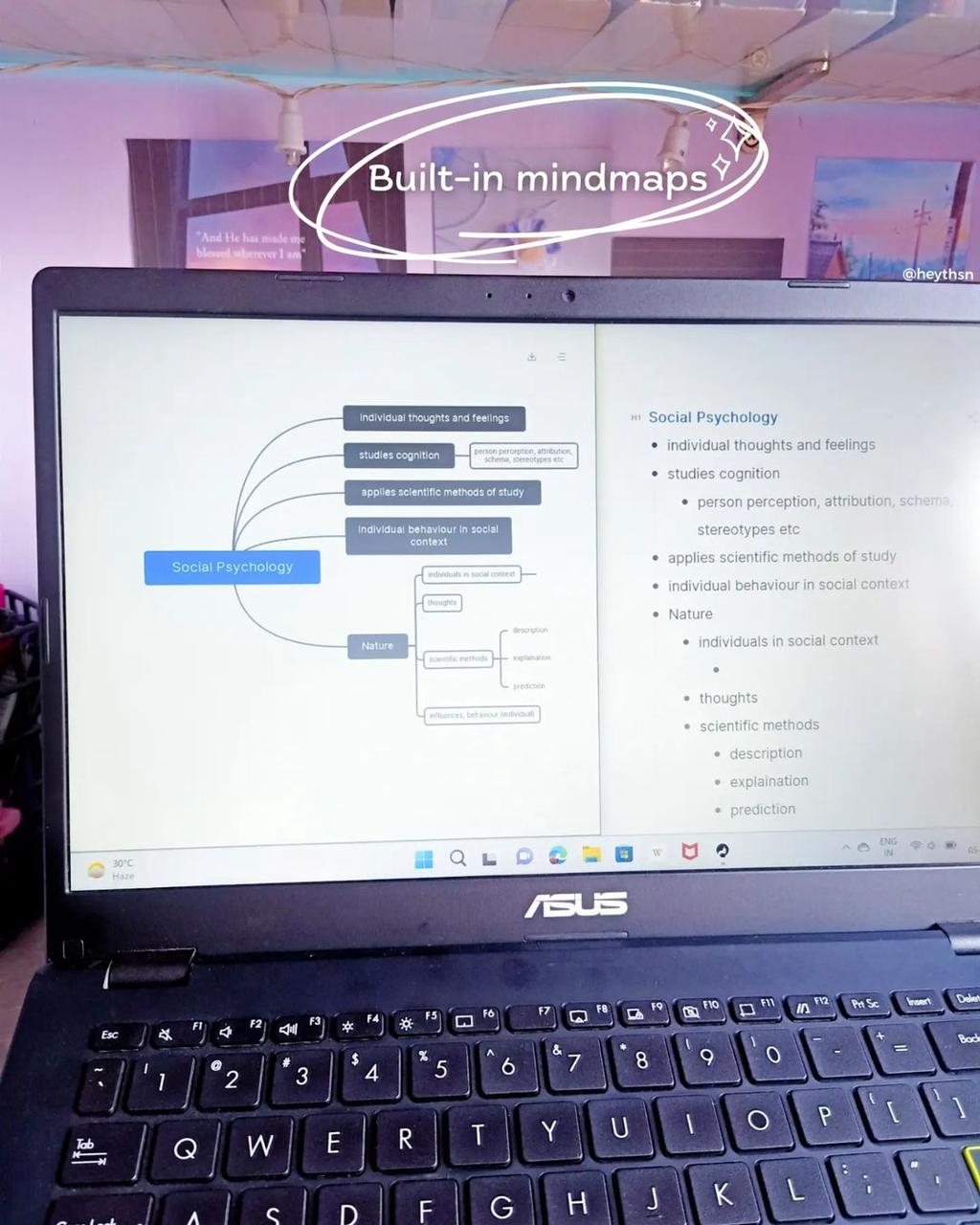
| Benefit | Percentage Improvement |
|---|---|
| Productivity | 23% |
| Reading Comprehension | Significant Improvement |
| Critical Thinking | 86.84% |
| Innovation | 76.31% |
| Memory and Recall | Up to 20% |
How to Create Mind Map Notes
Making effective mind map notes can really help you get more done and understand things better. Begin by picking a central idea or topic and put it in the middle of your page. Then, start adding related subtopics around it, linking them together. Jazz up your notes with bright colors, fun pictures, and simple symbols. This makes them pop and stick in your head better.
- Start with a Central Idea: Pick the main topic you want to dive into and place it at the center of your mind map.
- Branch Out Subtopics: Spread out from the center, adding subtopics and connecting them with lines or curves.
- Make Connections: As you add more subtopics, think about how they relate to each other. Use lines or arrows to show these connections, creating a network of ideas.
- Utilize Images and Colors: Add visual elements like icons, diagrams, and colors to make your mind map clearer and more memorable. These can help you quickly spot and remember important info.
- Review and Refine: Keep checking your mind map and update it as you learn more. Making changes keeps your mind map useful and current.
By following these steps, you can make mind map notes that capture your thoughts well, help you learn, and increase your productivity. Effie’s visual note-taking and concept mapping tools make it easy to organize your thoughts while enhancing your study skills.
| Benefit | Percentage of Users |
|---|---|
| Visual learners find mind mapping notes beneficial | 90% |
| Students save time when using mind maps for notetaking | Up to 30% |
| Students prefer mind maps for organizing lecture notes | 78% |
| Color-coded mind maps improve memory retention | 40% |
| Students use mind maps for brainstorming assignment ideas | 85% |
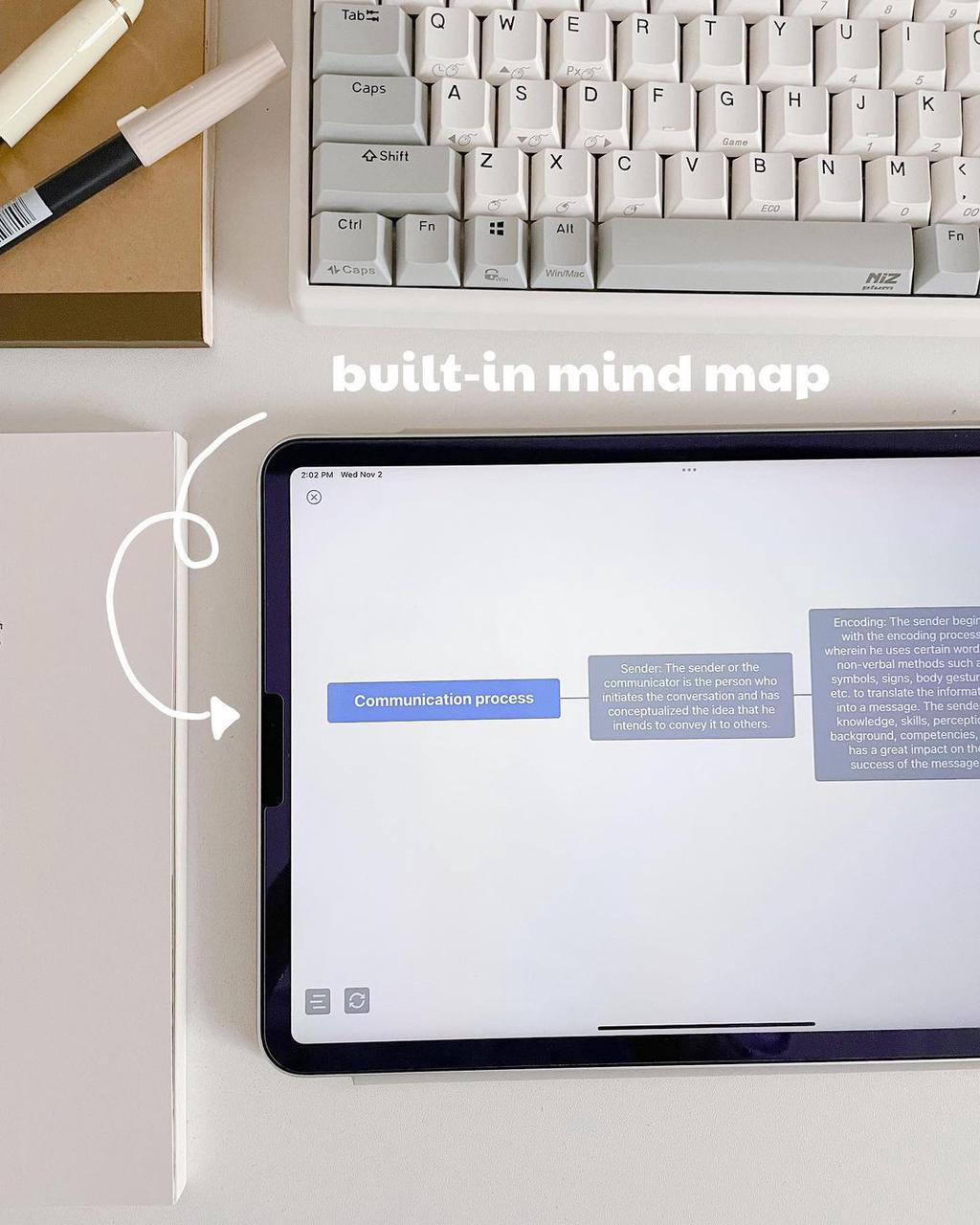
Using mind mapping can change how you take notes, improve your understanding, and boost your productivity. Follow the step-by-step guide and let your creativity shine as you make engaging and connected mind map notes.
Types of Mind Mapping for Note-Taking
Mind mapping is a flexible note-taking method with many forms. It suits different learning styles and preferences. From hand-drawn maps to digital ones, each type boosts productivity, creativity, and understanding.
Hand-Drawn Mind Maps
Hand-drawn mind maps are made on paper or whiteboards. They let you personalize with your own layout, colors, and symbols. Drawing ideas by hand strengthens memory and understanding.
They are great for brainstorming, meeting notes, and personal learning. This method encourages spontaneity and flexibility.
Digital Mind Maps
Digital mind maps use special software or apps. They come with templates, editing tools, and easy idea expansion. These maps are perfect for teamwork and remote work. Effie’s digital mind mapping tool makes it easier to expand, modify, and share mind maps across devices, enhancing productivity and collaboration.
Concept Mapping
Concept mapping is about showing relationships between ideas. It’s different from traditional mind maps. It focuses on the connections between concepts, helping you understand complex information better. Effie’s concept mapping tools make it easy to visualize these connections, providing deeper insight into complex topics.
“The mind map allows you to capture the big picture, see the connections, and represent information in a way that is natural to the brain.” – Tony Buzan, the inventor of mind mapping
What is Mind Mapping Note Taking
Mind mapping note-taking is a cool way to grab and sort info using pictures. It’s different from traditional note-taking methods. Instead of lists or paragraphs, mind mapping uses a hierarchical structure to show relationships and connections between ideas.
This visual representation helps users grasp the big picture and key details. It’s great for learning, brainstorming, and solving problems.
Mind mapping starts with a central idea and then branches out to related topics and details. This visual note-taking method lets users see how different ideas are connected. It helps them understand the subject matter better.
Unlike traditional note-taking, mind mapping is holistic and integrated. It creates a visual map of ideas. This helps users spot patterns, relationships, and new ideas to explore.
Mind mapping is flexible and adaptable for many uses. It’s good for meeting notes, project planning, and summarizing complex information. It’s a powerful tool for anyone looking to boost productivity and creativity.
Applications of Mind Map Note-Taking
Mind mapping note-taking is useful in many areas. It helps with meeting notes, summarizing complex info, and documenting processes. These tools boost productivity, teamwork, and keeping information in mind.
Meeting Notes
Mind maps are great for meetings. They let you jot down important points and actions in a neat way. This keeps everyone focused and helps them remember the discussion better. Effie’s real-time collaboration features allow teams to create and share mind maps during meetings for better idea exchange and project tracking.
Summarizing Complex Information
Mind maps are top-notch for breaking down complex info. They highlight the main points and how they connect. This makes understanding and remembering easier.
91% of students say mind maps help them see how ideas link together. This is based on recent studies.
Process Documentation
Mind maps are also key for documenting processes. They show the flow and connections in a system clearly. This makes communication and teamwork better.
Companies like Pixum and the Dewaele Group have seen improved meeting efficiency and project management. They use mind mapping tools in their work.
Mind mapping note-taking helps in many ways. It makes capturing, organizing, and sharing info easier. It supports better communication, teamwork, and keeping information in mind.
Best Practices for Mind Map Note-Taking
Mind map techniques for note-taking is powerful. Start by creating a library of interconnected mind maps on a subject you’re interested in. This library helps you quickly find and connect ideas. It also boosts your memory by linking concepts in meaningful ways.
Use short phrases and images to help remember information. Try self-testing or teaching others what you’ve learned. This makes your understanding stronger.
Make your mind maps your own with stories, doodles, and unique layouts. This makes learning fun and personal. It also fits your learning style better. Keeping your mind maps clear and organized is key. This way, you can easily find and use your ideas.
Creating Library Mind Maps
Building a library of mind maps on a subject is very helpful. It lets you easily find and connect ideas. This helps you understand the topic better.
It also lets you keep adding to your knowledge. As you learn more, you can grow your library. This makes your knowledge richer and more detailed.
Enhancing Memory Retention
To improve memory, make connections between ideas. Use short phrases and images to help remember. This visual note taking makes recalling information easier.
Try self-testing or teaching others what you’ve learned. This strengthens your understanding. It also helps solidify information in your memory.
Personalizing Mind Maps
Make your mind maps unique by adding your stories, doodles, and layouts. This makes learning more enjoyable. It also fits your learning style better.
By adding your personal touch, information becomes more memorable. It becomes connected to your experiences and thoughts.
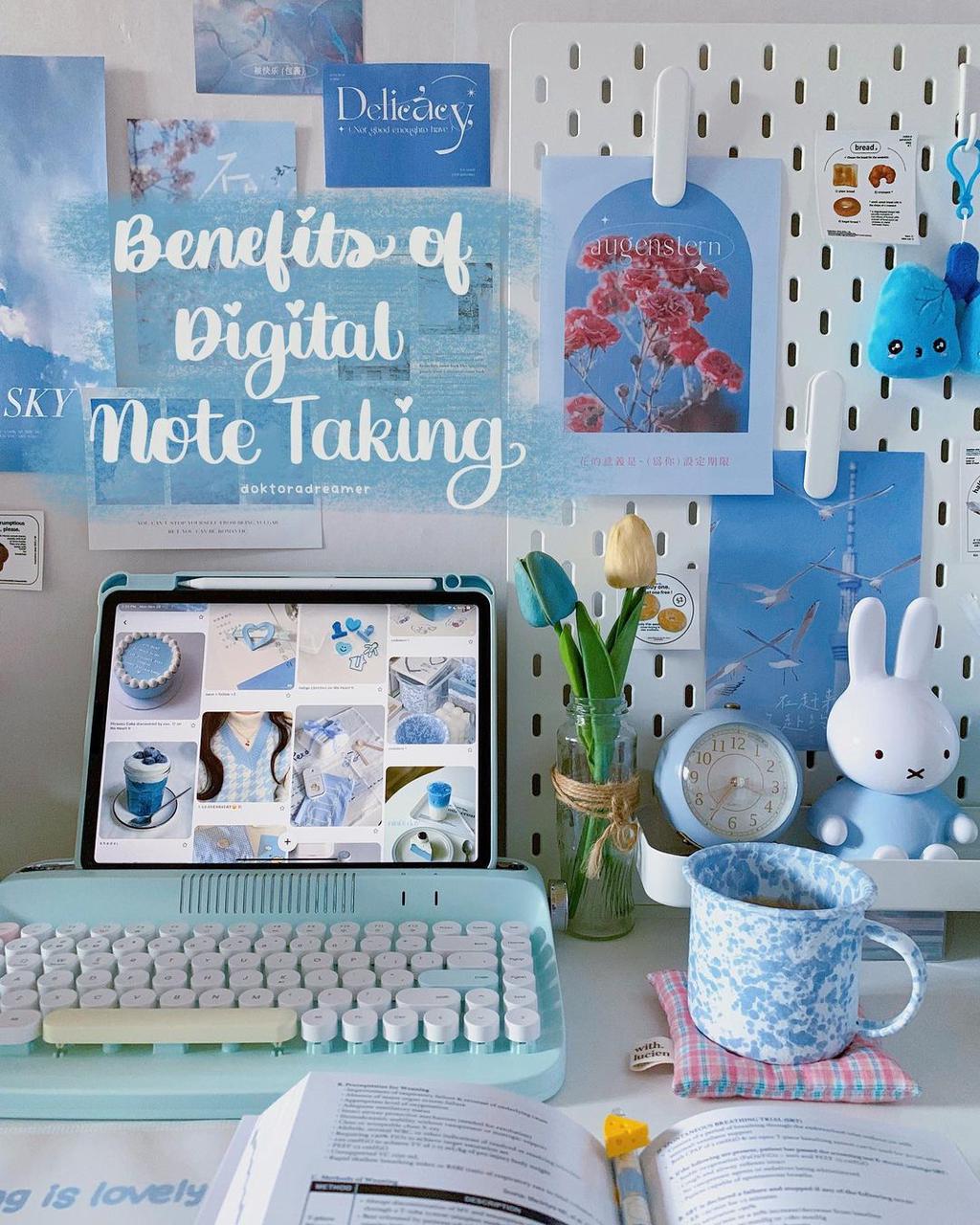
Conclusion
Mind mapping note-taking is a great way to boost your productivity. It helps you organize and remember information better. Effie’s integrated mind mapping and AI-powered tools make it easier to connect ideas and visualize information, enhancing your learning and productivity.
To get the most out of mind mapping, follow some best practices. Create library mind maps and use techniques to improve memory. Effie’s memory enhancement strategies, combined with creative thinking exercises, ensure you stay ahead in both your studies and projects.
Most teachers recommend mind mapping for learning. It helps organize thoughts and improve understanding and retention. By trying different methods and tools, like Effie’s graphic organizers, you can enhance your productivity and success.
FAQ
What is mind mapping note-taking?
Mind mapping is a visual tool for organizing information. It starts with a central idea in the middle. Then, main ideas branch out, connected by lines or curves.
How does mind mapping differ from traditional note-taking methods?
Traditional note-taking uses lists or paragraphs. Mind mapping, however, shows relationships between ideas in a visual way. This helps see the big picture and details clearly.
What are the benefits of using mind mapping for note-taking?
Mind mapping improves visual organization and creativity. It helps understand idea connections and remember information better.
How do I create effective mind map notes?
Begin with a central idea in the middle. Then, add related subtopics with lines. Use colors, images, and symbols to make it engaging.
What are the different types of mind mapping techniques for note-taking?
There are hand-drawn, digital, and concept maps. Each suits different learning styles and preferences.
How can I apply mind mapping note-taking in various contexts?
Use it for meeting notes, summarizing complex material, and documenting processes. Mind maps enhance communication and understanding.
What are some best practices for effective mind map note-taking?
Keep a library of mind maps. Use associations and connections to remember. Personalize your maps and keep them clear and organized.
Source Links
- How to Use the Mind Map Note-Taking Method | ClickUp – https://clickup.com/blog/mind-map-note-taking/
- Improve Note Taking with Mind Maps | Mindmaps.com – https://www.mindmaps.com/note-taking-with-mind-maps/
- The Mind Map Method of Notetaking — University Librarian – https://www.universitylibrarian.com/blog/the-mind-map-method-of-notetaking
- How to Use a Mind Map for Note Taking During Business Meetings – https://venngage.com/blog/mind-map-note-taking/
- Why mind mapping? 5 key benefits (+ templates) – Meister – https://www.meistertask.com/blog/why-mind-mapping


